Choosing the right microphone is not an easy task…
If you are recording vocals professionally, choosing the right microphone can be daunting especially with so many microphones with different technical specifications to choose from.
In this review, we are going to take a look at a few microphones which most musicians would consider the “industry-standard” for vocal recording. These microphones are ideal for those on a budget and deliver the best value to performance ratio.
For beginners, we would usually recommend starting out with a large-diaphragm condenser mic (read more about it here) because of their ability to capture high-end detail and accurate sound.
That said, which microphone you should use actually depends on your recording style, the tone of your voice and how you want your music to be presented when tracking.
The Best Vocal Recording Microphones
While there are plenty of microphones on the market, there are a few which are considered the “classic” favorite among home musicians.
1. Shure SM58-LC Cardioid Dynamic Mic
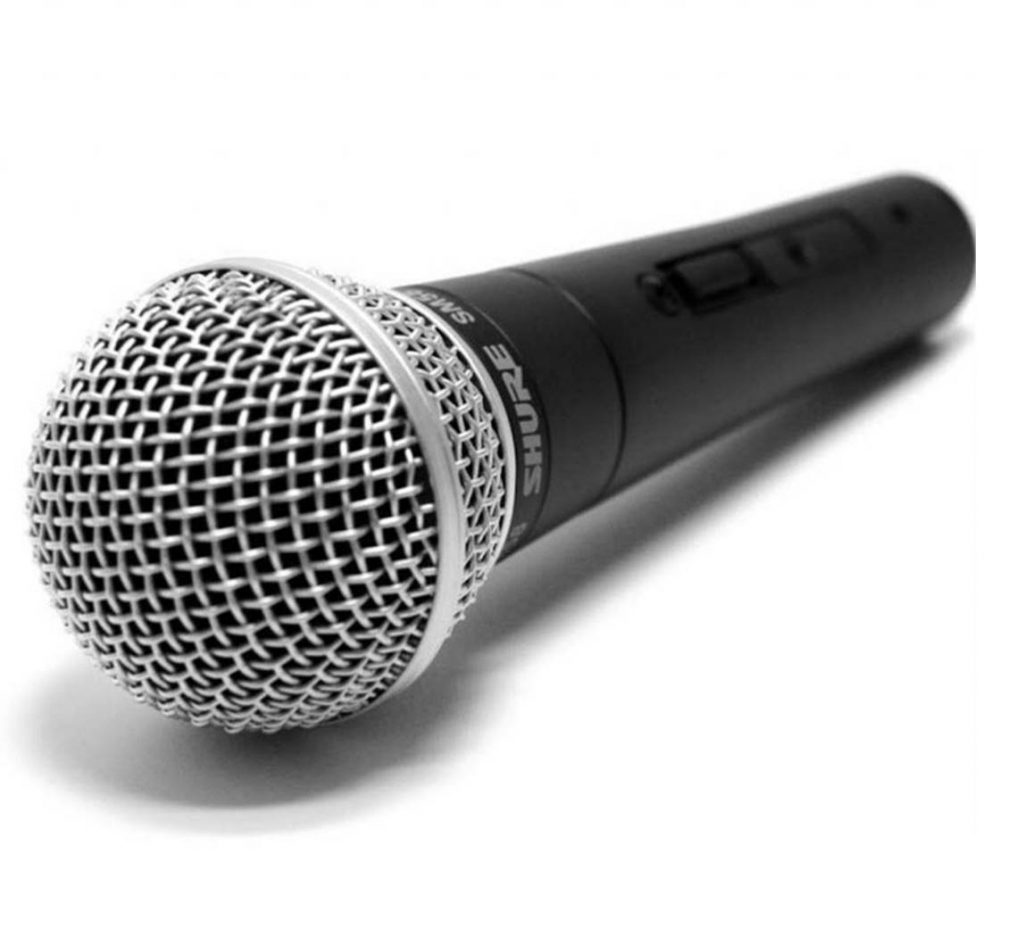
Long considered the “staple” of home recording…
The Shure SM58-LC isn’t a large-diaphragm condenser, but is still considered one of the industry-leading “classic” microphones for vocals and instruments.
This microphone has a frequency response that’s tailored for vocals with a slighter brighter midrange and bass roll-off to control the proximity effect.
The SM58-LC has a uniform cardioid pick-up pattern and rejection of off-axis sound, so you can be sure that it will only pick up your vocals and no other instruments around the and behind the mic.
Compared to a large-diaphragm condenser, the Shure SM58-LCs are much more affordable and durable. It features a built-in shock mount system and steel-mesh grille which resists wear and tear.
The SM58-LCs have been THE go-to microphone since the 1950s and have remained a classic option for musicians ever since. If you want to record vocals on a budget, it’s hard to go wrong with these.
Be sure to check them out here:
Up Next…
2. Neumann TLM 103 Large Diaphragm Condenser
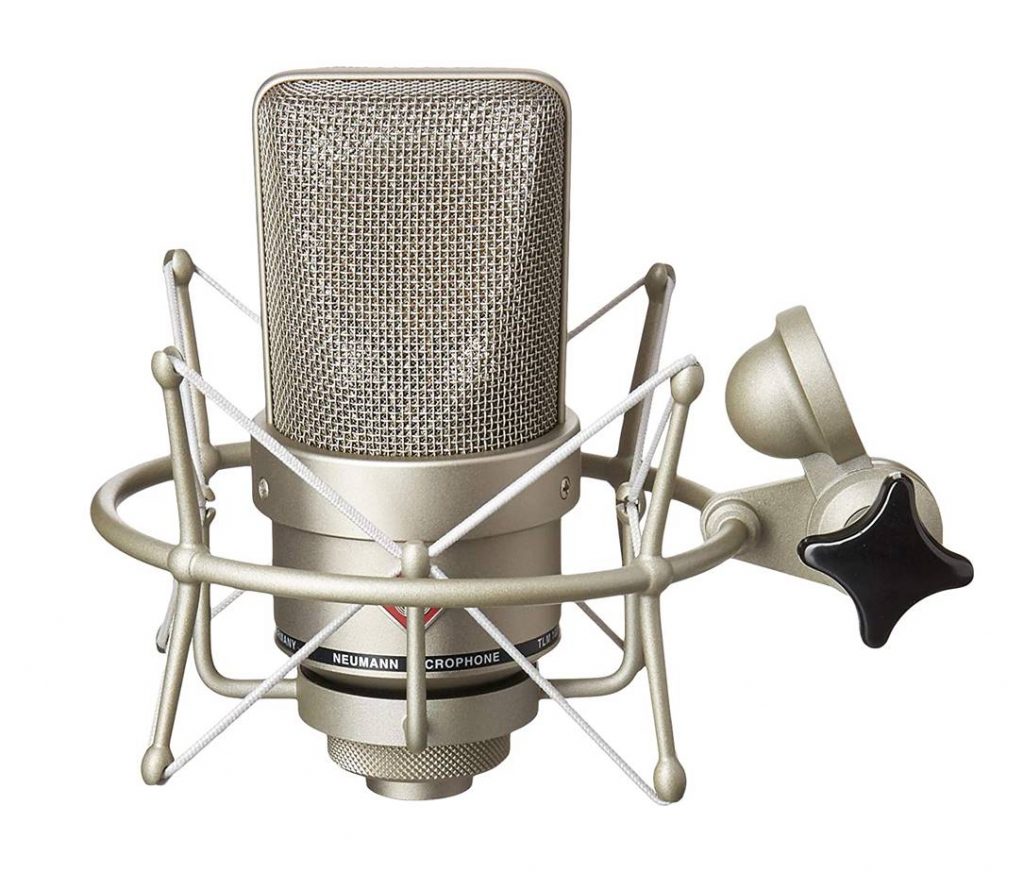
Considered the “industry-standard” for home recording, the Neumann TLM 103 is a great mic for those with deeper pockets and a taste for detailed sound. Compared with the Shure SM58-LCs, the Neumann has a brighter frequency response and better bass roll-off with extremely low noise.
These are still considered to go to microphones for high-end home recording and professional studios. The mic itself comes with a shockmount and briefcase for easy storage and handling.
The TLM 103 is essentially equipped with a large-diaphragm capsule with a cardioid pattern, which rejects rear sounds while allowing off-axis sounds to be picked up naturally.
One thing that you should know about using the TLM 103 is that it is highly sensitive – it literally picks up any detail that you can hear inside (or outside) the room which can be good and bad, depending on how much detail you want in your recording.
You’ll need to use the correct adjustments and a high pass filter for the best vocal performance with this mic.
Overall I would say the Neumann TLM 103 feels very much like a luxury car – the difference is almost noticeable when you first record with this mic, with silky smooth details and clear rendition.
If you are doing recordings on a professional basis and need that level of detail and crispness to your recordings, the TLM 103 is a great choice.
Check them out here:
Up Next…
3. AKG Pro Audio C214
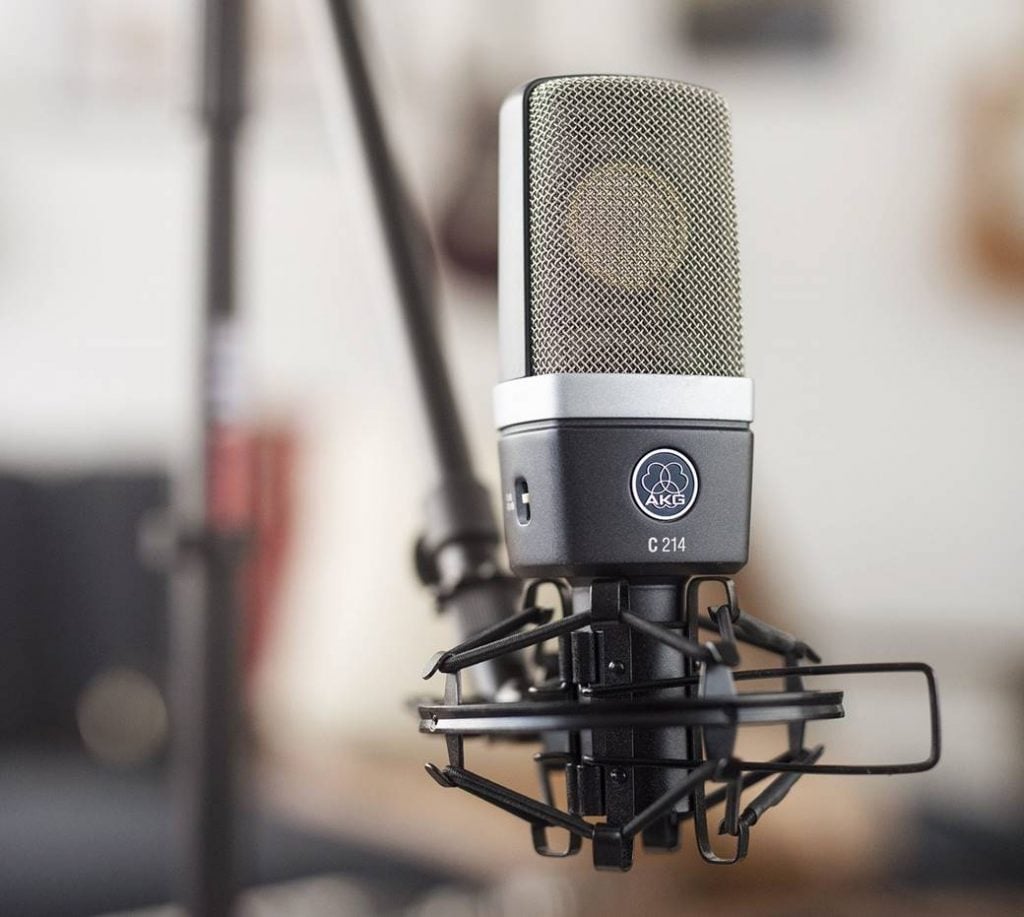
Known as the “affordable alternative” to the AKG C414 condenser mics….
The AKG Pro Audio C214 is a condenser that sits somewhere in between a budget mic and a high-end condenser. It has the sonic character of the AKG C414s that are known for detailed recording of lead vocals and solo instruments, but more towards vocal detail.
The microphone has a really good dynamic range with ultra-low noise for close-up recording and high-output sources. It also has a 20dB attenuator and bass-cut filter if you need to reduce the proximity effect (i.e., reduce the bass pick up on the mic).
We really liked the frequency response and the way this mic handles louder vocals. The highs can get a little sibilant with this microphone, and this is ideal for those looking for a microphone that sounds “bright” and “detailed”. Ideally the mic works for recording hip-hop, classics and jazz due to its extremely high-end detailed pickup.
The mic itself has a fixed cardioid pattern with a high-pass filter that cuts the bass by 6 dB per octave. The mic pad lets the mic handle up to 156dB SPL – or 20 dB less when the pad is not engaged.
I would say that the C214 is both versatile and affordable, and comes with quite a lot of accessories to adjust the mic’s performance. It comes with a H 85 shock-mount, W 214 foam windscreen and a carrying case. It’s definitely a great mid-budget option for home musicians with an all-round versatile character.
Check them out here:
Up Next…
#4 Leweitt LCT 440 Pure Condenser Mic

Now if you are looking for a large diaphragm condenser for highly detailed nuance vocal recordings, the LCT 440 is not a bad choice. While this microphone is primarily built for recording vocals and capturing the subtle nuances of your voice, it can also be used to record acoustic guitar and high-frequency instruments.
The LCT 440 does deliver pretty good depth and clarity considering it is somewhere in between a budget and high-end microphone – it has good depth and clarity, and can capture subtle nuances in your vocals that might not be apparent on a dynamic.
It has a rich bass response and can give a boosted treble range without any harshness to the tone. It makes your voice sound “naturally pleasing” and unique, which is quite phenomenal for a condenser as it really amplifies the subtitles of your natural voice.
The mic also comes with a shock-mount, windshield and magnetic pop filter that integrates with the microphone easily.
Overall all we can say is that the LCT 440 is an incredibly sensitive mic with very low self-noise (7db), and certainly holds its own against big brands such as Neumann and Sennheiser. It does deliver the original sound beautifully, hence the “Pure” designation.
Check them out here:
Up Next…
#5 Shure KSM32 Condenser
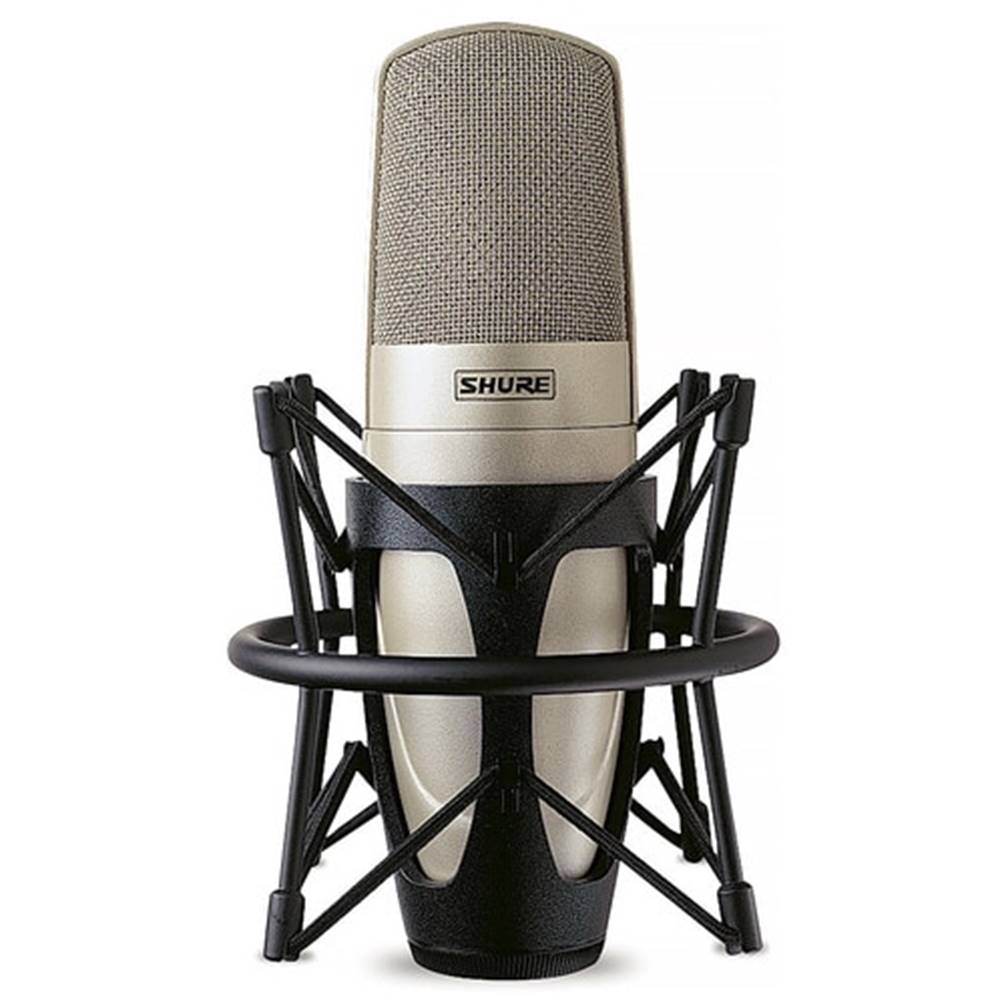
Built for serious home recordists, the Shure KSM32 condenser can be a little too out of budget for the average musician but it does produce some of the best sound quality we’ve heard from a mic.
The sound quality from the KSM32 is so realistic and detailed that it feels like you are using a professional studio-grade microphone. It is a great condenser mic especially for the price, and gives you the performance of a high-end mic.
The Shure KSM32 comes with a Class A, transformerless preamp circuitry which eliminates any cross-over distortion across the full frequency range. The embossed diaphragm allows for extended low-frequency response with superb transient response.
It also has a 15dB attenuation switch for handing high-sound pressure levels and a low-frequency filter to reduce proximity effect (i.e., the level of low-end captured on a mic).
To top it off, the KSM32 comes with a three-stage pop protection grille and internal shock mount system for reducing noise transmission.
Of all the microphones that we tested and owned, the Shure KSM32 is one of the clearest and most detailed. Many people tend to say that it “takes EQ well” and that’s definitely true of the Shure KSM32.
Be sure to check them out here:
Up Next…
#6 Aston Origin Condenser Mic

Unlike other mics, the Aston Origin is a large diaphragm cardioid condenser built almost exclusively for recording vocals.
It’s built primarily as a high-performance cardioid condenser that’s designed to deliver direct, smooth intimate sound for natural and transparent recordings.
The microphone has a sound signature that feels warm but very crisp. The proximity effect is not bad but you have to be around 2 inches away from it to get any response.
The design is modern looking and has a professional “feel” to it – it’s full metal construction feels durable and it mounts easily on a standard mic, so you don’t need an extra suspension bracket like other microphones.
One of the things that really stands out is that the mic has such clarity and detail that it really makes your voice stand out – together with the subtle nuances and minute details.
The microphone itself comes with a gold evaporated capsule with a high-end transformer-less circuitry for full-range frequency response with low noise distortion. I
It also comes with a built-in pop filter with a stainless steel mesh knit kit which reduces plosive sounds.
That being said, the Aston Origin has no USB mount so you have to have the right XLR sound setup to use the mic.
Overall, the Aston Origin is a great mic for home studio and professional studio recording, so be sure to check it out:
#7 Stellar X2 Condenser
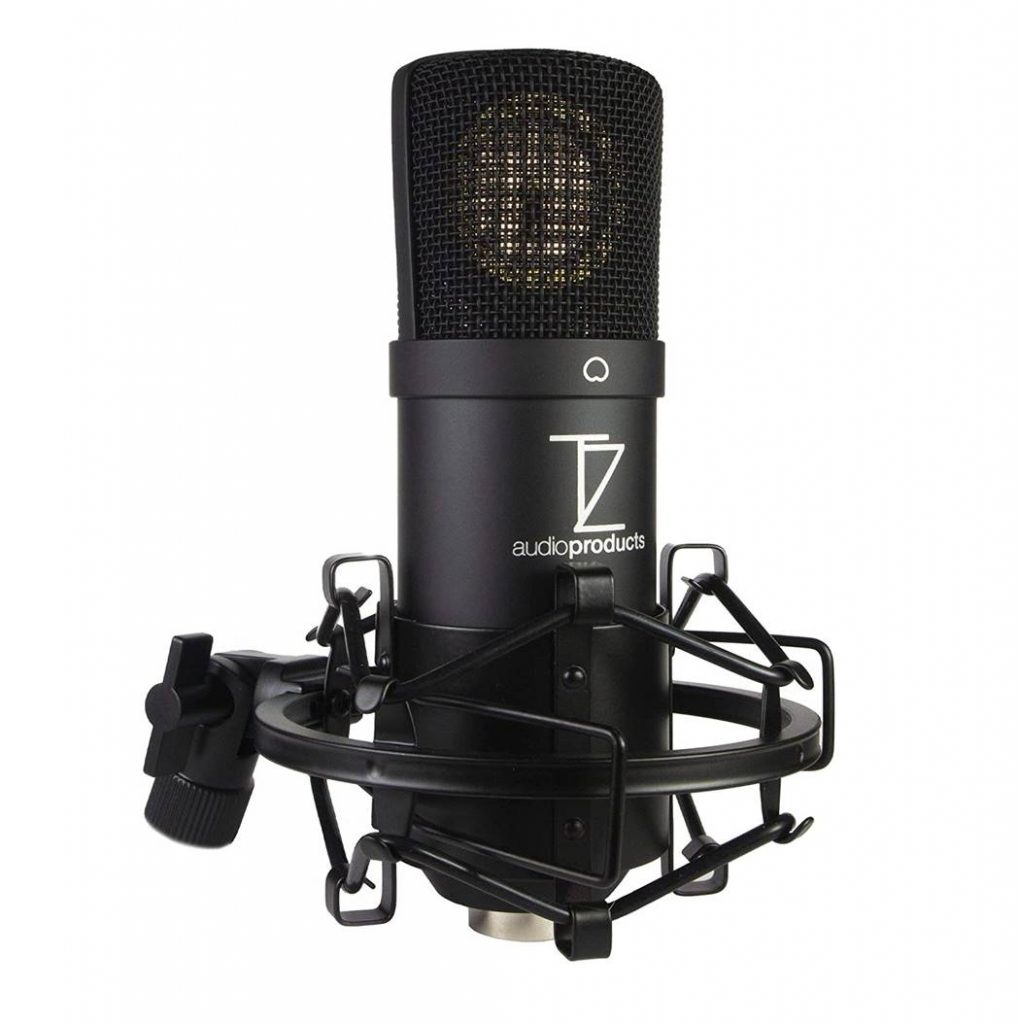
For the home musician, the Stellar X2 is the perfect option for those looking for a clear, natural and warm tone. This microphone is super quiet with virtually no noise, and delivers sound performance that rivals that of a high-end mic.
This is crucial for voice recording because the recording is clean and clear – meaning that you don’t have to apply any post production filtering. This not only saves you time post-production, but your final mix is much better off with as few filters as possible.
Sound-performance wise, the X2 is considered almost as a good as the Neumann U87 and only for the fraction of the cost. It has a very low noise level compared with other mics in a similar price range, especially when listening to self-noise at high gain levels.
The mic also has a very sleek looking appearance – it is made out of high-grade iron with durable grills to protect the capsule and ensure that every part of the microphone is made to last for a long time.
If you record voice over, vocals, acoustic instruments are anything else that requires a large diaphragm condenser to capture high-end detail, you will be pleased with the Stellar X2.
Check them out here:
#8 Sennheiser MK 4 Condenser
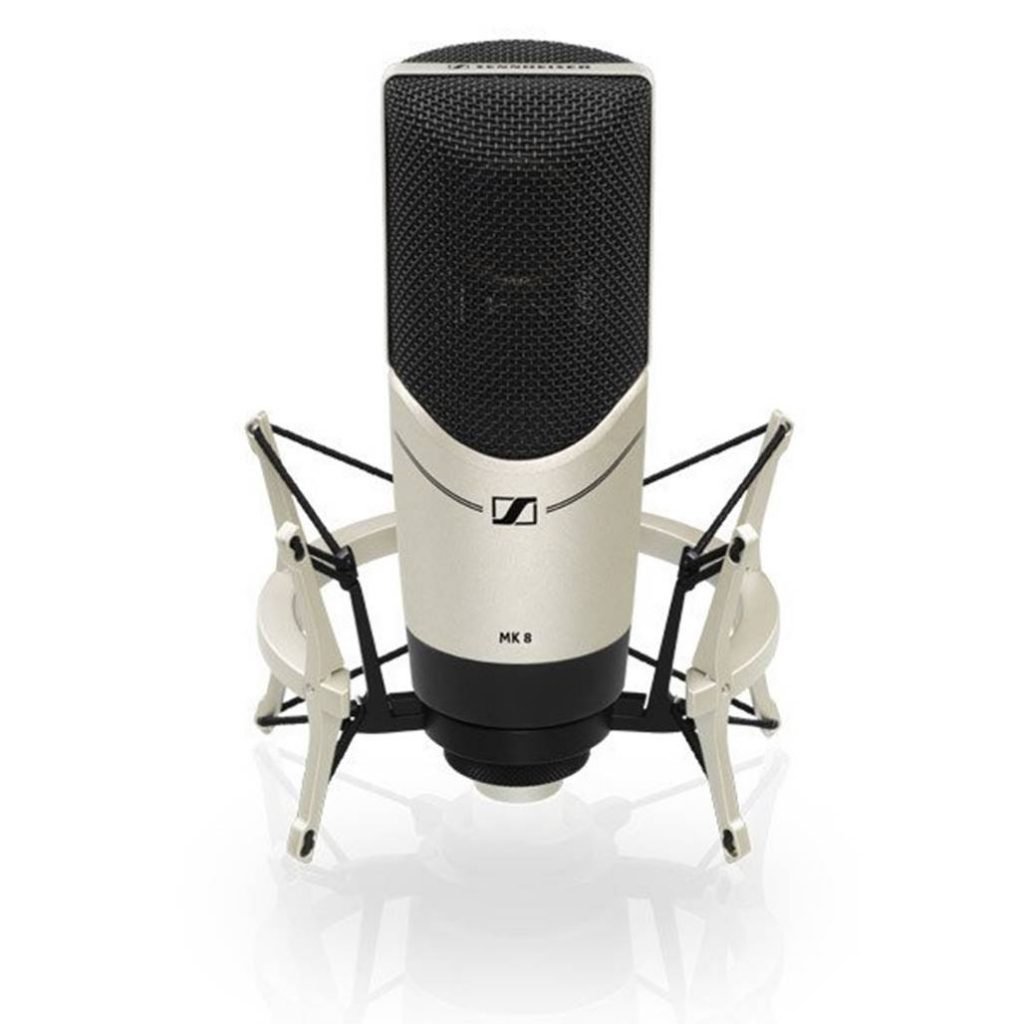
The MK 4 is a large-diaphragm condenser mic for professional studio recording. It’s one of the more “economical” Sennheiser large-diaphragm mics on the market that delivers a balanced sound for vocals and acoustic instruments.
Compared with other mics, the MK4 feels warmer and captures more detail with very low noise at high gain levels. It’s designed to be easy to handle with good value for money, making them ideal for home recording studio setups and beginner musicians.
The mic comes with a 1” true condenser capsule based on the acoustics of the e 965 high-end vocal mic, which makes it optimized for vocal recording. The mic has a low inherent self-noise and high-maximum SPL.
As expected from Sennheiser, the MK 4 is made in Germany and feels like a superb quality product. The exterior design may feel a little aesthetically “boring”, but the sound is what makes the mic truly stand out.
Check them out here:
#9 Samson C01 Condenser
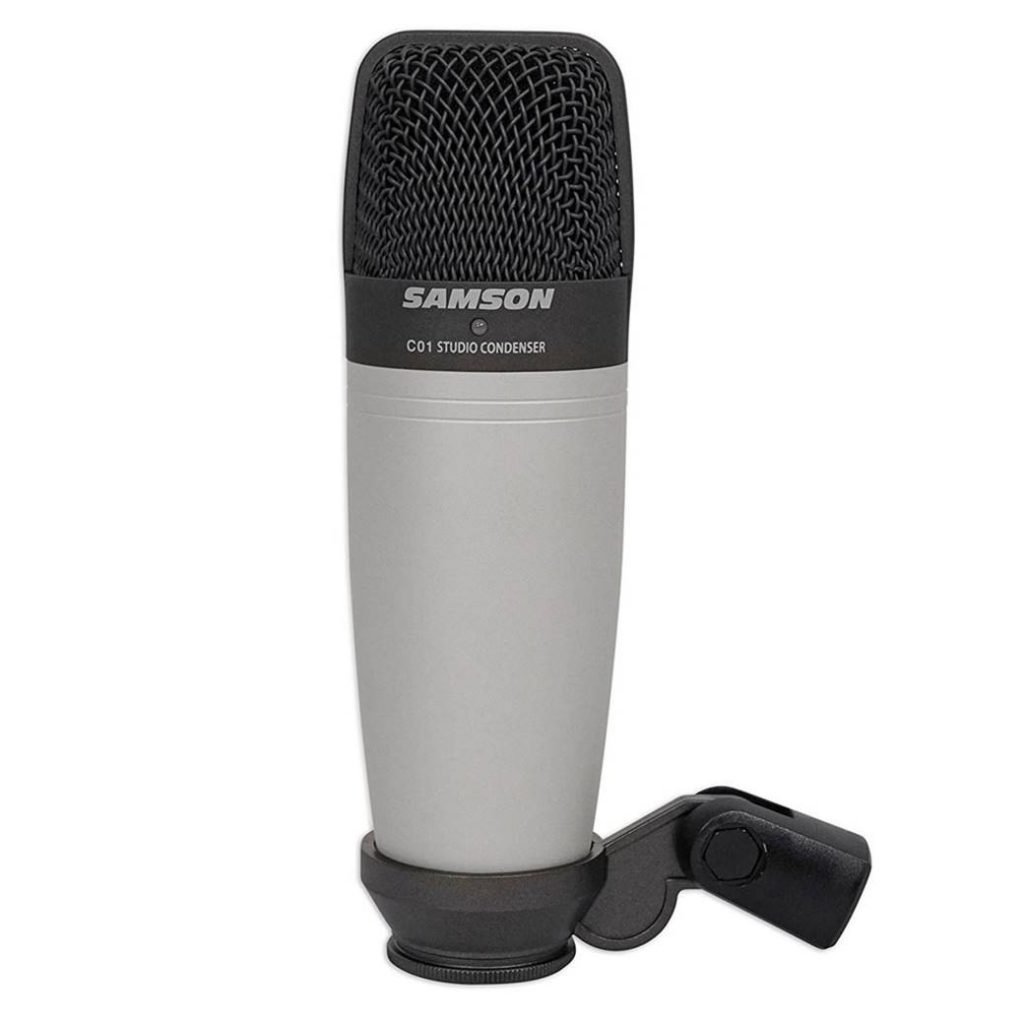
Considered the “favorite” among newbies…
The Samson C01 is a large diaphragm condenser mic which is great for home recordists on a budget. Its primarily designed as a multi-purpose studio condenser with a large 19mm diaphragm and a cardioid pickup pattern with off-axis rejection. This makes the mic ideal for vocals, guitars, stringed instruments and drum recording.
The Samson has a pretty flat frequency response curve and does capture a good level of detail in your vocals, but nowhere near the kind of levels of the Stellar X2 or Sennheiser MK 4.
The C01 features a heavy-gauge mesh grille and gold-plated XLR connector. The mic has a cardioid pickup pattern with off-axis sound rejection (actually it’s more of a hyper-cardioid polar pattern), which focuses on capturing vocals while minimizing background interference.
The 19mm diaphragm allows the C01 to deliver smooth, natural frequency response with warm bass tones and accurate mid-range performance.
The C01’s design includes a gauge mesh grill, gold-plated XLR connecter and an LED for monitoring its 48V of phantom power.
A note of caution though – you may need to connect the mic via direct XLR connection to eliminate the background noise when using this mic for vocal recording sessions.
Check them out here:
#10 Behringer C-1 Condenser
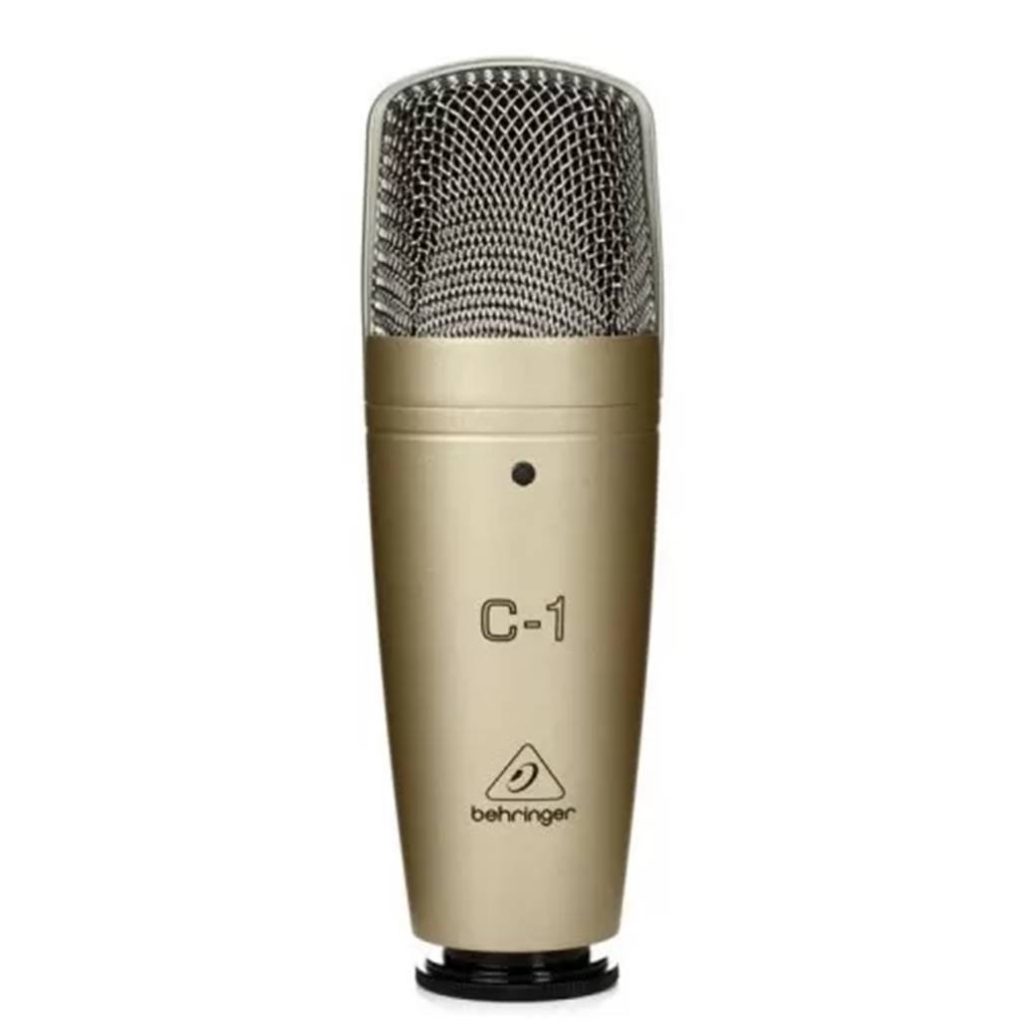
Another great option at a budget price tag…
The C-1 microphone is a great option for home musicians looking for a quality condenser mic on a budget. Despite its budget price, the C-1 mic performs well and has a very good vocal clarity to record in a home studio environment.
When we first started out our recording studio, we used this mic to record vocals and acoustic guitar with good results. While this isn’t as good as a Rode, Neumann or Electrovoice mic, it gets the job done and saves you a good chunk of money.
That said, keep in mind that this condenser mic will require phantom power. If you are planning to use this mic together with a computer, try out the Behringer C-1USB model which is designed to be used together with a computer system, although you should consider plugging it through an audio interface.
Like other condenser mics, the Behringer C-1 comes with a cardioid pickup pattern with good sound separation and off-axis feedback rejection.
It’s a mic on a budget that delivers on its promise.
Check them out here:
Next Steps
To learn more about microphones and their polarity patterns, or how to record better vocals with your mic, be sure to check out these posts:
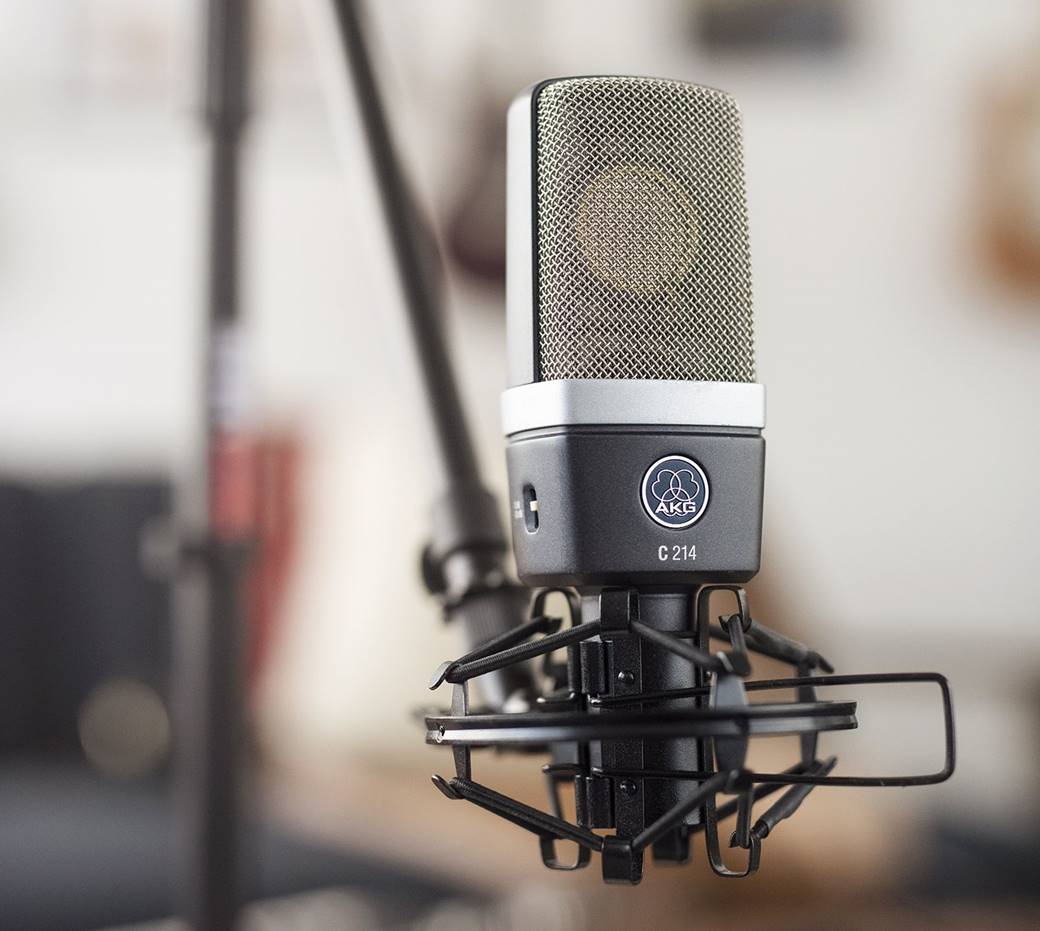
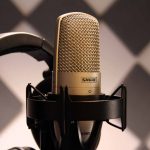
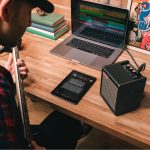

[…] Recording Studio Microphones: The Ultimate Beginner’s Guide […]